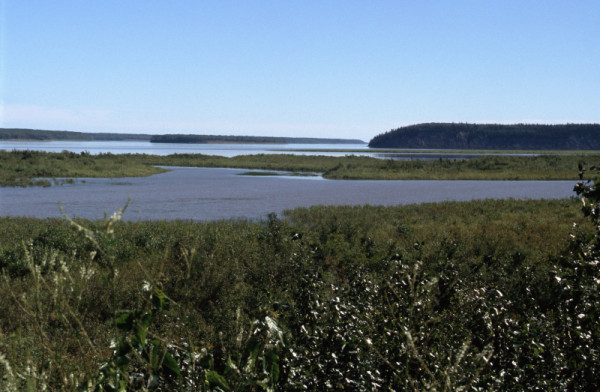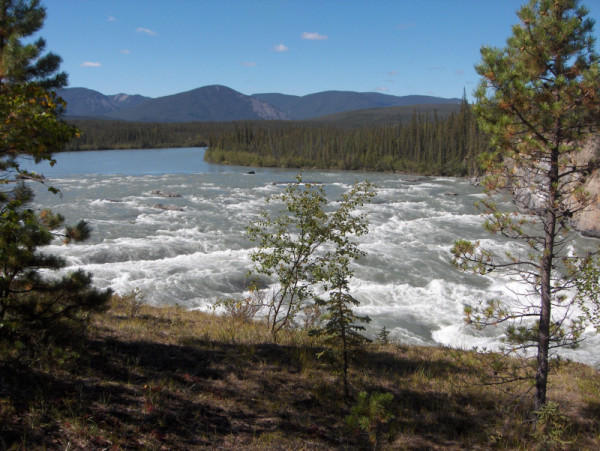Information shortage for one Canada’s largest rivers, the Liard
How healthy is the Liard River in Canada’s north? We can’t be sure without more data
The Liard River is one of Canada’s largest rivers, beginning in the Yukon and flowing through British Columbia and the Northwest Territories before joining the Mackenzie River. This system contains important habitat for countless species including wood bison, grizzly bear, and high value fishery species such as chum salmon and northern pike. And, as you can tell from the photo below, it’s breathtaking.
WWF-Canada wanted to know more about the health of this important river system. It was included in the most recent round of Freshwater Health Assessments as part of our journey to develop a national picture of the health of Canada’s freshwater. We aim to complement and work with existing local health assessments to compile a high level picture of the overall health of the whole system. So how healthy is this majestic river? After gathering data from a variety of sources including government organizations, academia, and consulting groups, the answer is: we’re not sure. What we found for the Liard River is that while two of the five sub-basins (the Upper Liard and Fort Nelson) scored fair or better, there wasn’t enough data available in the other three sub-basins to assign the river an overall score. Given that the jurisdiction for the Liard falls across British Columbia, Alberta, the Yukon and the Northwest Territories, it is extremely important we develop and maintain an understanding of the health of the overall system to inform management decisions. But knowing what we don’t know puts us in a better position to start filling in the gaps.
Talking about the science is important, but what really brings the point home for me are images like this one of the South Nahanni River – one of the Liard’s tributaries. When I look at this beautiful river – and all of the plants, wildlife and people that depend upon it – I see the importance of our work to understand and steward Canada’s freshwater. Only by understanding its health can we make sure it’s being properly protected.
WWF-Canada would like to thank The Walter and Duncan Gordon Foundation for their support of this important work.



